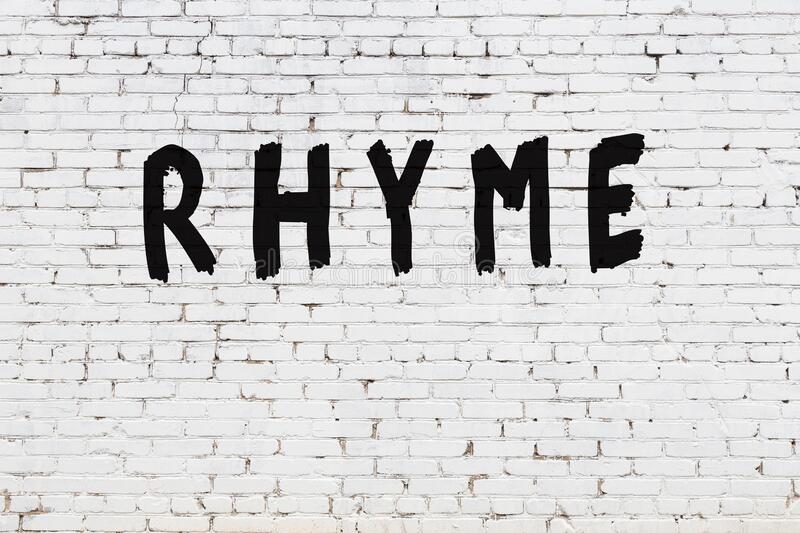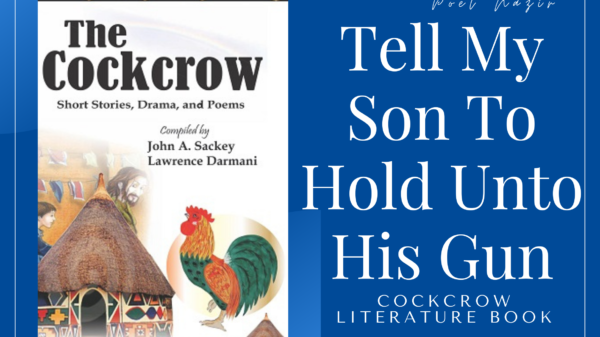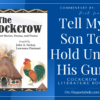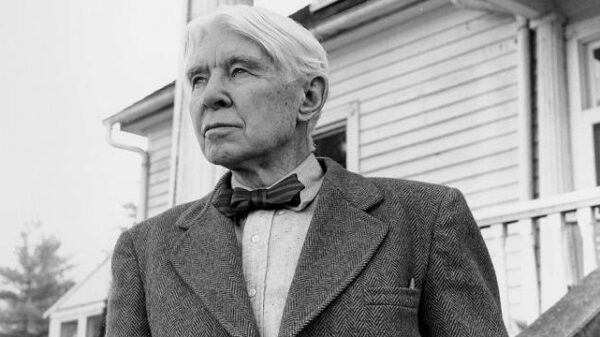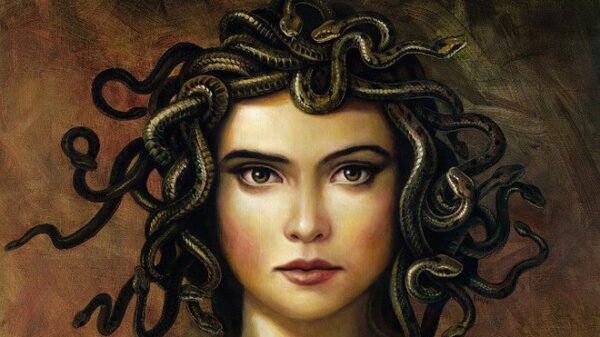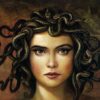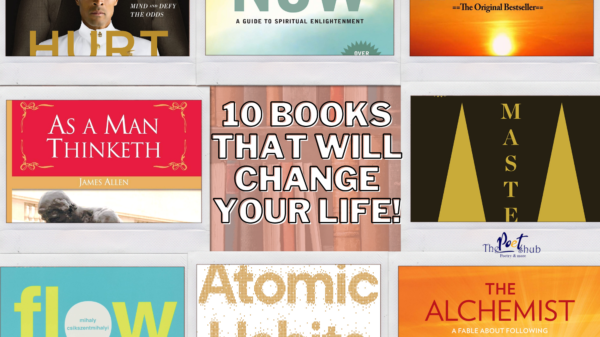What Is Rhyme?
Rhyme is the repetition of similar sounds, typically at the end of lines in poetry. It creates harmony, enhances the auditory appeal, and reinforces meaning. A rhyme scheme—a specific pattern of rhyming words—is often used to structure a poem and guide its flow.
Read Also: Metallic Pastel Sky, Frost-bitten a Poem by Sarah Booij
Types of Rhymes in Poetry
1. Perfect Rhyme (Full Rhyme)
Perfect rhyme occurs when two words have identical sounds in their final stressed syllables.
Example
“Twinkle, twinkle, little star,
How I wonder what you are.”
Here, “star” and “are” are perfect rhymes.
2. Slant Rhyme (Half Rhyme)
This occurs when the sounds are similar but not identical. Slant rhymes often evoke subtlety or tension in a poem.
Example
“Hope is the thing with feathers
That perches in the soul,
And sings the tune without the words,
And never stops at all.”
— Emily Dickinson
“Feathers” and “words” have a slant rhyme.
3. Eye Rhyme
These rhymes look alike in spelling but differ in pronunciation.
Example
“The great man sighed,
Though he tried.”
Here, “sighed” and “tried” appear similar but sound different.
Read Also: What Is An MBA?
4. Internal Rhyme
Rhyme that occurs within a single line of poetry, enhancing its form.
Example
“Once upon a midnight dreary, while I pondered, weak and weary.”
— Edgar Allan Poe
“Dreary” and “weary” rhyme within the line.
5. End Rhyme
This is the most common type, where rhymes occur at the end of lines.
Example
“The woods are lovely, dark and deep,
But I have promises to keep.”
— Robert Frost
“Deep” and “keep” form an end rhyme.
6. Masculine Rhyme
A rhyme in which the stressed syllables at the end of the lines match.
Example
“I think that I shall never see
A poem lovely as a tree.”
— Joyce Kilmer
“See” and “tree” are masculine rhymes.
Read Also: Quality Decisions: Personal Dev’t With Edith Lovina
7. Feminine Rhyme
It is also a rhyme that involves two or more syllables which are often unstressed.
Example
“A woman’s face with Nature’s own hand painted
Hast thou, the master-mistress of my passion.”
— William Shakespeare
“Painted” and “passion” rhyme in a feminine manner.
8. Rich Rhyme
This type involves words that sound the same but differ in meaning.
Example
“Raise the blaze to amaze.”
Here, “raise” and “blaze” are rich rhymes.
9. Broken Rhyme
This occurs when a word is split at the end of a line to rhyme with another.
Example
“From heaven the dreadful thunder broke,
And every island trembled and shook.”
— Alexander Pope
“Broke” and “shook” create a broken rhyme.
10. Cross Rhyme
In cross rhyme, rhyming words alternate in an ABAB pattern.
Example
“Shall I compare thee to a summer’s day?
Thou art more lovely and more temperate.
Rough winds do shake the darling buds of May,
And summer’s lease hath all too short a date.”
— William Shakespeare
“Day” rhymes with “May,” and “temperate” rhymes with “date.”
11. Chain Rhyme
This is a rhyme pattern that carries over from one stanza to the next, like ABA BCB CDC.
Example
“In the middle of the night, I found,
A glowing tree upon the hill,
Its roots spreading deep underground.”
Read Also: Understand Prose: Kinds, Elements, Characters, Figures of Speeches
Is Rhyme Different From Rhyme Scheme?
Obviously! Rhyme is the repetition of similar sounds at the end of words, typically at the ebd of poetic lines. Examples include pairs like “sky” and “fly” or “stone” and “alone.”
In contrast, a rhyme scheme is the structured pattern in which these rhymes are organized within a poem, represented using letters to denote which lines rhyme (e.g., ABAB or AABB).
Poet Nazir is a writer and an editor here on ThePoetsHub. Outside this space, he works as a poet, screenwriter, author, relationship adviser and a reader. He is also the founder & lead director of PNSP Studios, a film production firm.

